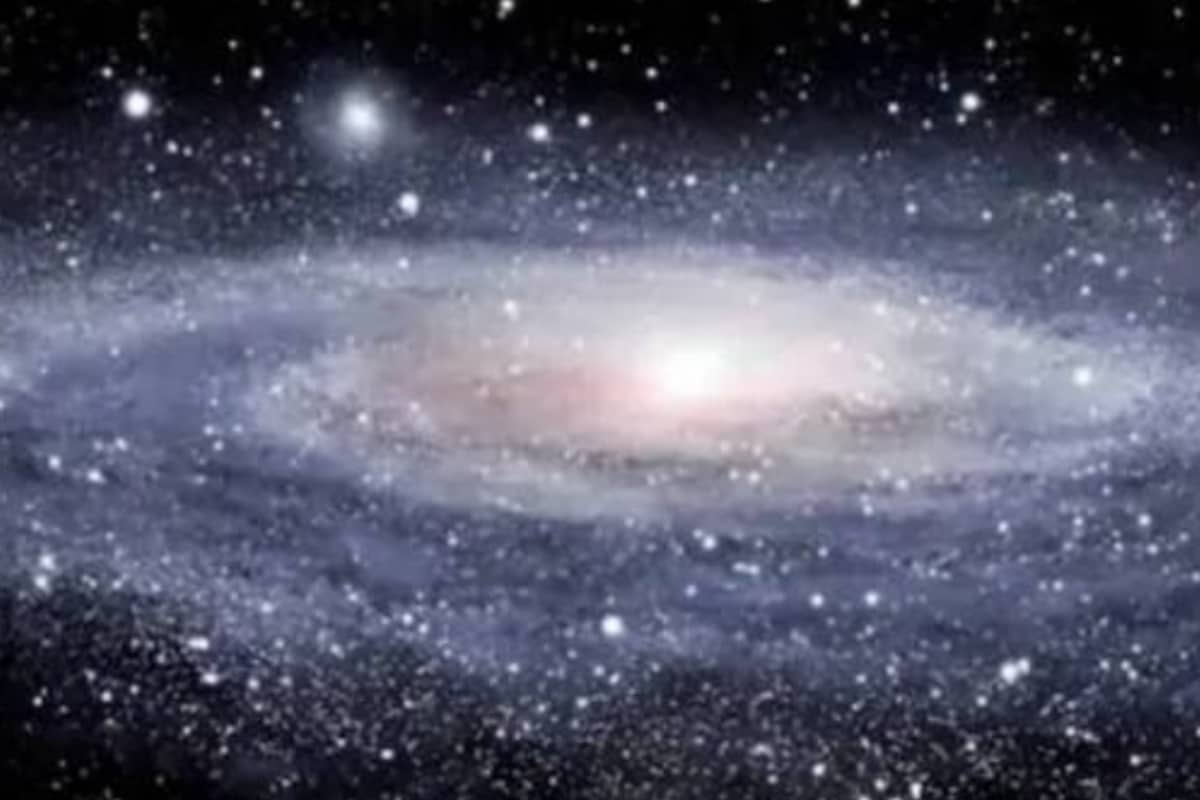
The universe is a deep mystery and astronomers and other experts try to unravel one or another secret through their research. In a recent study, it was discovered that there is a hot, rocky exoplanet known as a super-Earth. This planet is present in the Milky Way galaxy and is believed to orbit one of the oldest stars in the galaxy.
According to a report published in CNN, the super-Earth is called an exoplanet because it is outside the solar system. The reason for the name is that the super-Earth has three times the mass of the Earth and is about 50% larger than the Earth. This planet is also known as TOI-561b.
According to experts, the super-Earth can complete an orbit around its star in less than half a Earth’s day. As for the temperature of this planet, it is around 3140+ degrees Fahrenheit. Surface temperature is the result of proximity to the star. Stephen Kane, co-author of the study and astrophysicist at the University of California, Riverside, in a statement confirmed the information about the orbit’s time. He mentioned that for every day a person spends on Earth, the exoplanet revolves around its star twice.
The next obvious question that arises here is how this planet called TOI-561b was discovered. Experts had found this planet through the Transiting Exoplanet Survey Satellite (TESS) mission, which was launched by the National Aeronautics and Space Administration (NASA) in 2018. This planet was found on the galaxy’s thickest galactic disk. Milky Way. To be completely sure of their finding, experts went to the WM Keck Observatory in Hawaii to determine the mass, radius, and density of the super-Earth. Understanding mass and radius helps astronomers learn more about their internal structure.
Their findings were shocking as they discovered that although the mass of the planet is three times that of the Earth, its density is almost the same. Reacting to this, Stephen Kane said: “This is surprising because one could expect the density to be higher.”
He also mentioned that this planet is not capable of supporting habitable life. Stephen added that knowing the interior of the planet helps to understand whether the surface of the planet is habitable or not. “While this particular planet is unlikely to be inhabited today, it may be a harbinger of many rocky worlds yet to be discovered around the oldest stars in our galaxy,” he added.